Home>Home Appliances>Home Automation Appliances>What Data Does Alexa Use
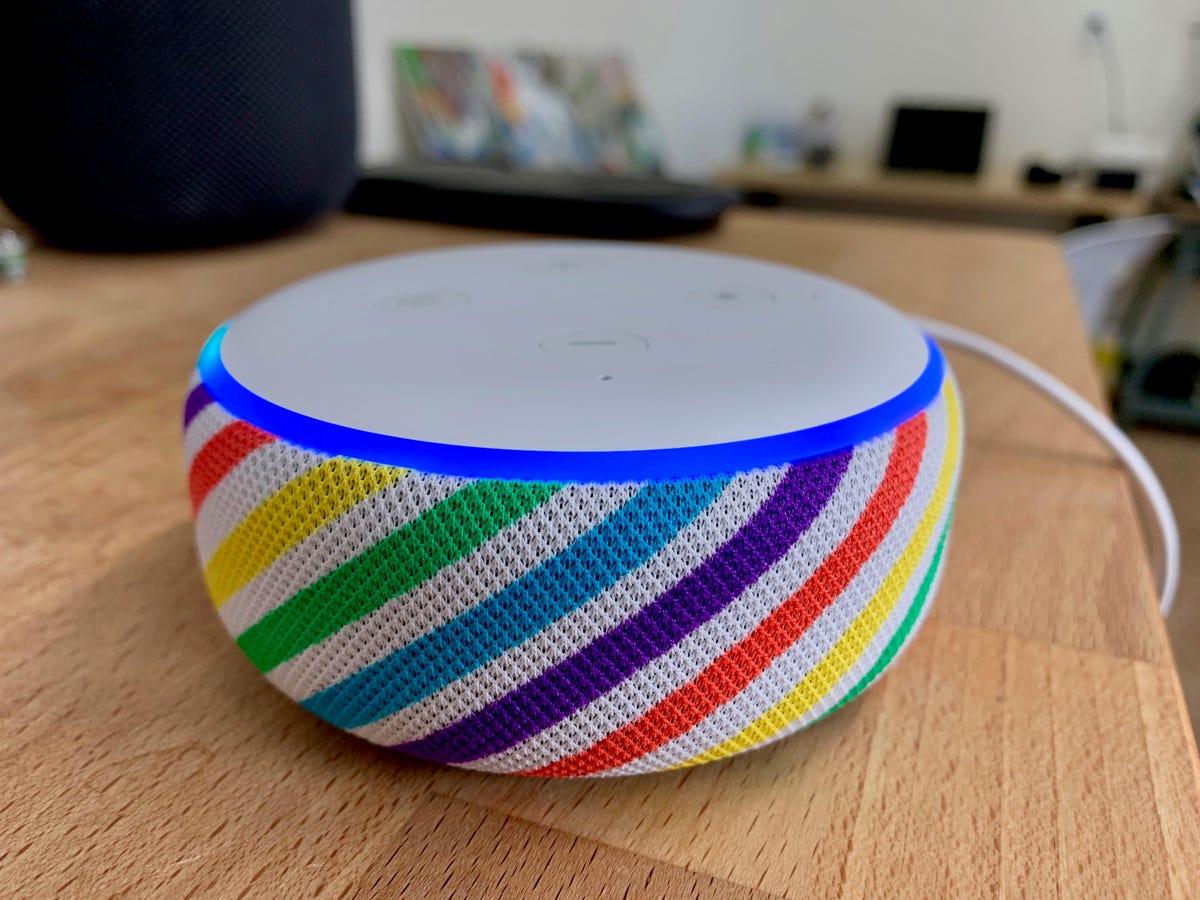

Home Automation Appliances
What Data Does Alexa Use
Modified: January 7, 2024
Learn what data Alexa uses for home automation appliances. Understand how Alexa collects and processes information for smart home devices. Discover the importance of data privacy and security for Alexa-enabled appliances.
(Many of the links in this article redirect to a specific reviewed product. Your purchase of these products through affiliate links helps to generate commission for Storables.com, at no extra cost. Learn more)
Introduction
Welcome to the world of Alexa, where convenience and innovation converge to redefine the way we interact with technology. As the brain behind Amazon's Echo and Echo Dot smart speakers, Alexa has revolutionized the concept of voice-controlled virtual assistants. This article delves into the intricate web of data sources that Alexa harnesses to fulfill user requests and provide an enriching experience.
In this digital age, user data is a valuable commodity, and Alexa is no stranger to leveraging this information to tailor its responses. When users interact with Alexa, their queries, web data, device interactions, location data, and third-party skills collectively contribute to the seamless functionality of this virtual assistant.
By unraveling the layers of data utilization, we gain a deeper understanding of how Alexa operates and evolves to meet the diverse needs of its users. Let's embark on a captivating journey through the realms of user queries, web data, device interactions, location data, and third-party skills to uncover the magic behind Alexa's intelligence and responsiveness.
Key Takeaways:
- Alexa uses user queries, web data, device interactions, location data, and third-party skills to provide accurate and personalized responses, making it a versatile and intuitive virtual assistant for users.
- By harnessing the power of natural language processing, web data integration, smart device control, location-based insights, and third-party skills, Alexa offers a seamless and enriching experience, catering to diverse user needs and preferences.
Read more: What Programming Language Does Alexa Use
User Queries
At the heart of Alexa’s functionality lies its ability to comprehend and respond to user queries with remarkable accuracy and efficiency. When users interact with Alexa by issuing voice commands or posing questions, the virtual assistant springs into action, tapping into a wealth of resources to generate relevant and timely responses.
Upon receiving a user query, Alexa employs natural language processing (NLP) algorithms to decipher the intent behind the request. This involves parsing the spoken or typed input to extract key elements such as the action requested, the subject of the query, and any additional parameters. Through sophisticated NLP techniques, Alexa can discern the nuances of human language, allowing for a more conversational and intuitive interaction.
Once the user’s intent is identified, Alexa draws upon a vast repository of knowledge encompassing general information, factual data, and real-time updates to formulate a comprehensive response. This knowledge base, continuously enriched and refined, enables Alexa to provide accurate answers to a myriad of inquiries spanning diverse domains such as weather updates, historical facts, mathematical calculations, and much more.
Moreover, Alexa’s ability to understand context and maintain conversational continuity enhances the user experience. By leveraging context carryover and memory, Alexa can seamlessly follow up on previous queries, track ongoing conversations, and adapt its responses based on the evolving dialogue.
Through continuous learning and adaptation, Alexa refines its understanding of user preferences, speech patterns, and colloquial expressions, thereby enhancing its proficiency in interpreting and addressing user queries. This adaptive learning process empowers Alexa to deliver personalized and contextually relevant responses, fostering a more engaging and tailored interaction with each user.
By mastering the art of interpreting user queries and harnessing the power of NLP and contextual understanding, Alexa stands as a testament to the remarkable strides made in the realm of virtual assistant technology, offering users a seamless and intuitive means of accessing information and controlling their connected devices.
Web Data
As a virtual assistant deeply entrenched in the digital landscape, Alexa harnesses the power of web data to augment its knowledge base and provide users with comprehensive and up-to-date information. Through seamless integration with web sources and APIs, Alexa gains access to a vast reservoir of data spanning diverse domains, ensuring that its responses are informed, accurate, and relevant.
When confronted with user queries that necessitate real-time information or dynamic updates, Alexa dynamically retrieves data from trusted web sources, enabling it to furnish users with the latest news, stock market trends, sports scores, and much more. This real-time data integration ensures that users receive timely and pertinent responses, empowering them to stay informed and engaged.
Furthermore, Alexa’s ability to tap into web data extends beyond mere information retrieval. By leveraging web APIs and structured data, Alexa can facilitate a myriad of functionalities, including making reservations, retrieving product details, and accessing live traffic updates. This seamless integration with web services enriches the user experience, transforming Alexa into a versatile and indispensable virtual assistant.
Moreover, Alexa’s capacity to aggregate and distill web data into coherent and digestible responses underscores its prowess in sifting through the vast expanse of digital information to deliver precise and relevant insights. Whether it’s providing historical facts, offering recipe suggestions, or furnishing travel recommendations, Alexa’s adeptness in harnessing web data ensures that users receive valuable and actionable information.
By embracing the wealth of web data at its disposal, Alexa emerges as a reliable and informed companion, capable of seamlessly integrating real-time updates and diverse web-based functionalities into its repertoire. This symbiotic relationship with web data underscores Alexa’s commitment to empowering users with timely, accurate, and contextually relevant information, thereby elevating the virtual assistant experience to new heights.
Alexa uses a variety of data sources, including user interactions, web data, and third-party information, to provide accurate and up-to-date information.
Device Interactions
Central to the allure of Alexa is its seamless integration with an extensive array of smart devices, fostering a cohesive and interconnected ecosystem within the realm of home automation and beyond. Alexa’s prowess in orchestrating device interactions stems from its compatibility with a diverse spectrum of smart home gadgets, ranging from smart lights and thermostats to security cameras and entertainment systems.
By leveraging its robust application programming interfaces (APIs) and interoperability standards such as Zigbee and Z-Wave, Alexa can seamlessly communicate with and control a myriad of smart devices, empowering users to orchestrate their connected environments with effortless voice commands. This harmonious interplay between Alexa and smart devices engenders a streamlined and intuitive user experience, allowing for unparalleled convenience and control.
Through its device interactions, Alexa serves as the central hub for managing and coordinating smart home devices, enabling users to execute a diverse range of commands, including adjusting lighting settings, regulating room temperatures, locking doors, and even brewing coffee – all with the utterance of a simple voice command. This amalgamation of functionality positions Alexa as a pivotal enabler of home automation, simplifying daily routines and enhancing overall comfort and efficiency.
Furthermore, Alexa’s ability to facilitate multi-device orchestration and custom routines underscores its versatility in accommodating diverse user preferences and lifestyle needs. By enabling users to create personalized routines and automation sequences, Alexa empowers individuals to tailor their smart home environments to align with their unique schedules, habits, and preferences.
Moreover, Alexa’s integration with smart devices extends beyond the confines of home automation, encompassing a spectrum of applications such as entertainment control, communication management, and health monitoring. This broadened scope of device interactions amplifies the utility and relevance of Alexa, positioning it as a multifaceted virtual assistant capable of enriching various facets of users’ lives.
By fostering seamless and intuitive interactions with an extensive array of smart devices, Alexa emerges as a linchpin of the connected home ecosystem, bridging the gap between users and their smart environments with unparalleled ease and sophistication.
Location Data
Location data serves as a pivotal component in enhancing the contextual relevance and utility of Alexa’s responses and functionalities. By incorporating location-based insights, Alexa can deliver personalized and location-specific information, recommendations, and services, thereby enriching the user experience and fostering a deeper sense of relevance.
One of the key ways in which Alexa leverages location data is through the provision of localized information, such as weather updates, traffic conditions, nearby points of interest, and regional news. By discerning the user’s location or designated preferences, Alexa tailors its responses to reflect the pertinent details and insights that are most relevant to the user’s geographical context, ensuring that the information provided is both timely and localized.
Moreover, Alexa’s integration with location data extends to facilitating location-based services and functionalities, enabling users to access location-specific actions and capabilities. This may include tasks such as finding nearby restaurants, obtaining real-time transit information, or setting location-based reminders and notifications, all of which contribute to a more personalized and contextually relevant interaction with Alexa.
Additionally, Alexa’s ability to incorporate location data into its repertoire of skills and functionalities extends to smart home automation, allowing for geographically informed commands and routines. Users can leverage location-based triggers to automate actions such as adjusting thermostat settings upon leaving or arriving home, activating security measures based on location, and customizing lighting and entertainment preferences based on spatial context.
Furthermore, the integration of location data enhances Alexa’s adaptability in accommodating diverse user contexts and preferences, ensuring that the virtual assistant remains attuned to the user’s surroundings and requirements. This contextual awareness not only augments the utility of Alexa’s responses but also fosters a more intuitive and personalized interaction, aligning with the user’s location-specific needs and interests.
By embracing and integrating location data into its functionalities, Alexa emerges as a dynamic and contextually aware virtual assistant, capable of delivering personalized, location-specific experiences that resonate with the user’s immediate environment and enrich their daily routines.
Read more: What Search Engine Does Alexa Use
Third-Party Skills
A pivotal aspect of Alexa’s versatility and expansive capabilities lies in its integration with third-party skills, which significantly enrich the virtual assistant’s functionality and cater to a diverse array of user needs and preferences. These third-party skills, developed by external entities and independent developers, extend Alexa’s repertoire of capabilities, enabling it to seamlessly accommodate an extensive range of tasks, services, and entertainment options.
By embracing third-party skills, Alexa transcends its native functionality, transforming into a multifaceted virtual assistant capable of executing an extensive array of tasks and activities. Whether it’s accessing news updates from leading media outlets, engaging in interactive storytelling experiences, or controlling smart home devices from various manufacturers, Alexa’s integration with third-party skills broadens its utility, offering users an expansive and customizable virtual assistant experience.
Moreover, third-party skills empower Alexa to cater to specialized domains and niche interests, allowing users to access tailored services and functionalities that align with their specific preferences and requirements. From fitness tracking and meditation guidance to language learning and recipe recommendations, the diverse array of third-party skills ensures that Alexa remains adaptable and relevant to a wide spectrum of user interests and pursuits.
Furthermore, the integration of third-party skills cultivates a vibrant ecosystem of innovation and creativity, fostering the continual evolution and enrichment of Alexa’s capabilities. Independent developers and organizations contribute to this ecosystem by creating and enhancing skills, thereby expanding the scope of Alexa’s functionalities and ensuring that it remains at the forefront of virtual assistant technology.
Additionally, the seamless integration of third-party skills underscores Alexa’s commitment to openness and collaboration, allowing for a dynamic and ever-expanding array of capabilities that cater to the evolving needs and preferences of users. This collaborative approach not only amplifies the utility and relevance of Alexa but also engenders a rich and diverse user experience that resonates with a broad spectrum of interests and requirements.
By embracing third-party skills, Alexa emerges as a dynamic and adaptable virtual assistant, capable of seamlessly integrating an extensive array of capabilities and services that cater to the diverse and evolving needs of its users.
Frequently Asked Questions about What Data Does Alexa Use
Was this page helpful?
At Storables.com, we guarantee accurate and reliable information. Our content, validated by Expert Board Contributors, is crafted following stringent Editorial Policies. We're committed to providing you with well-researched, expert-backed insights for all your informational needs.

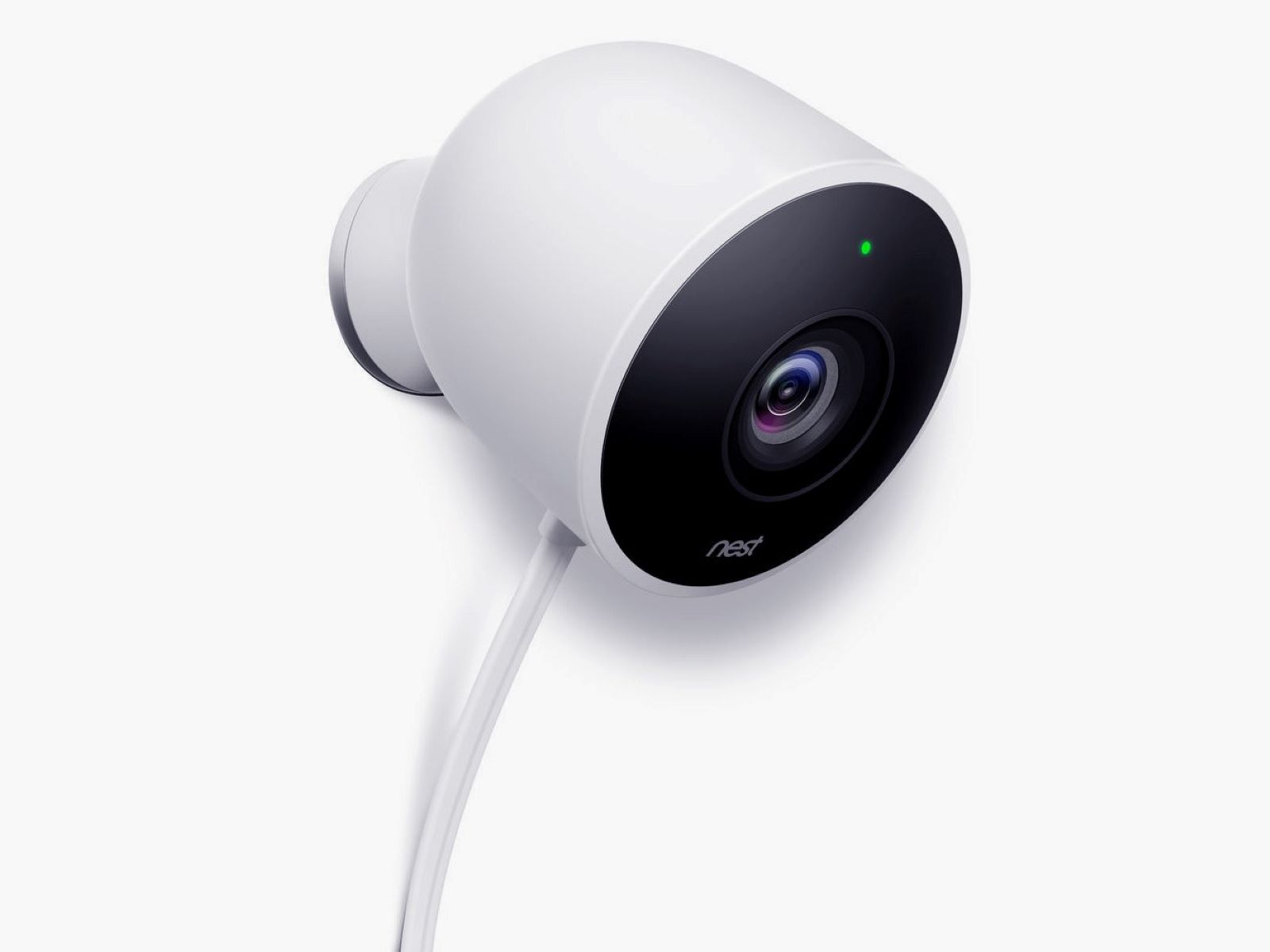
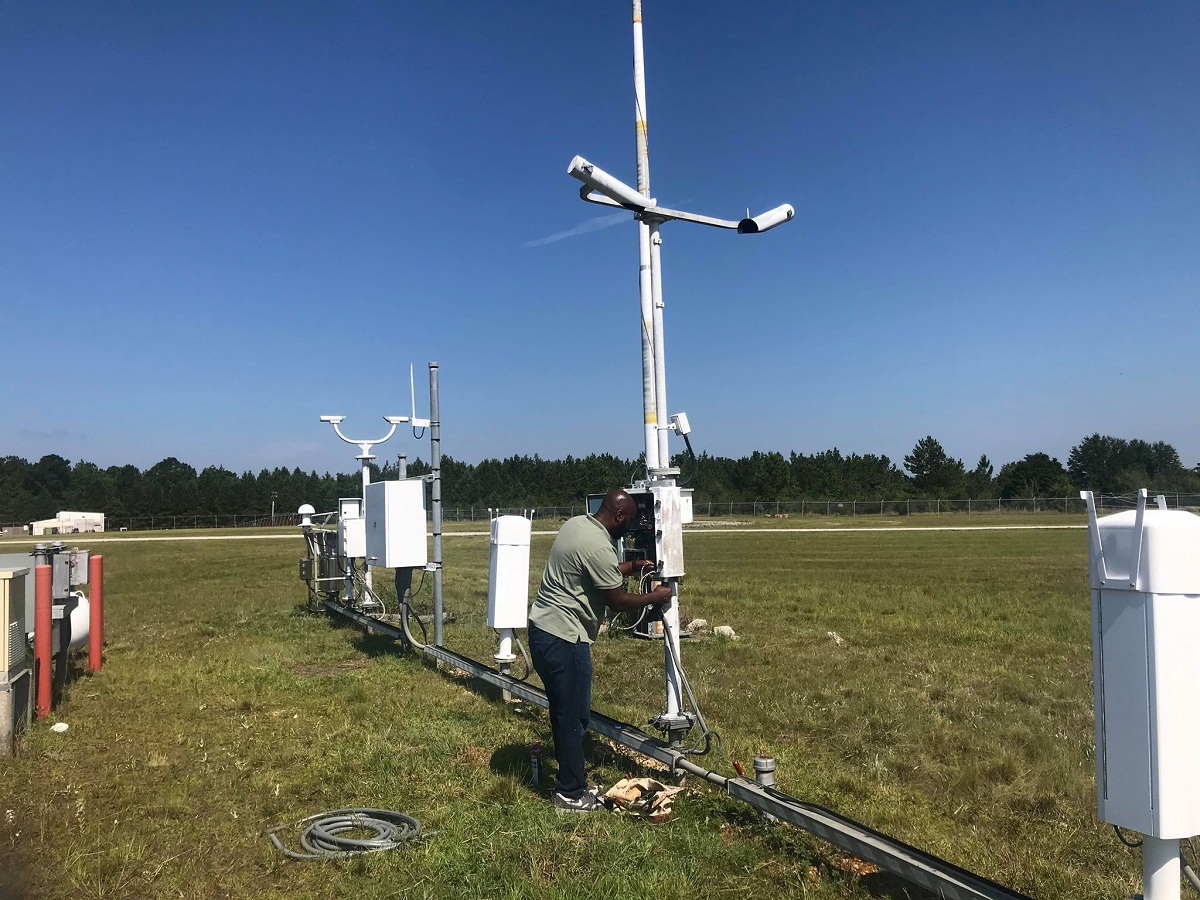
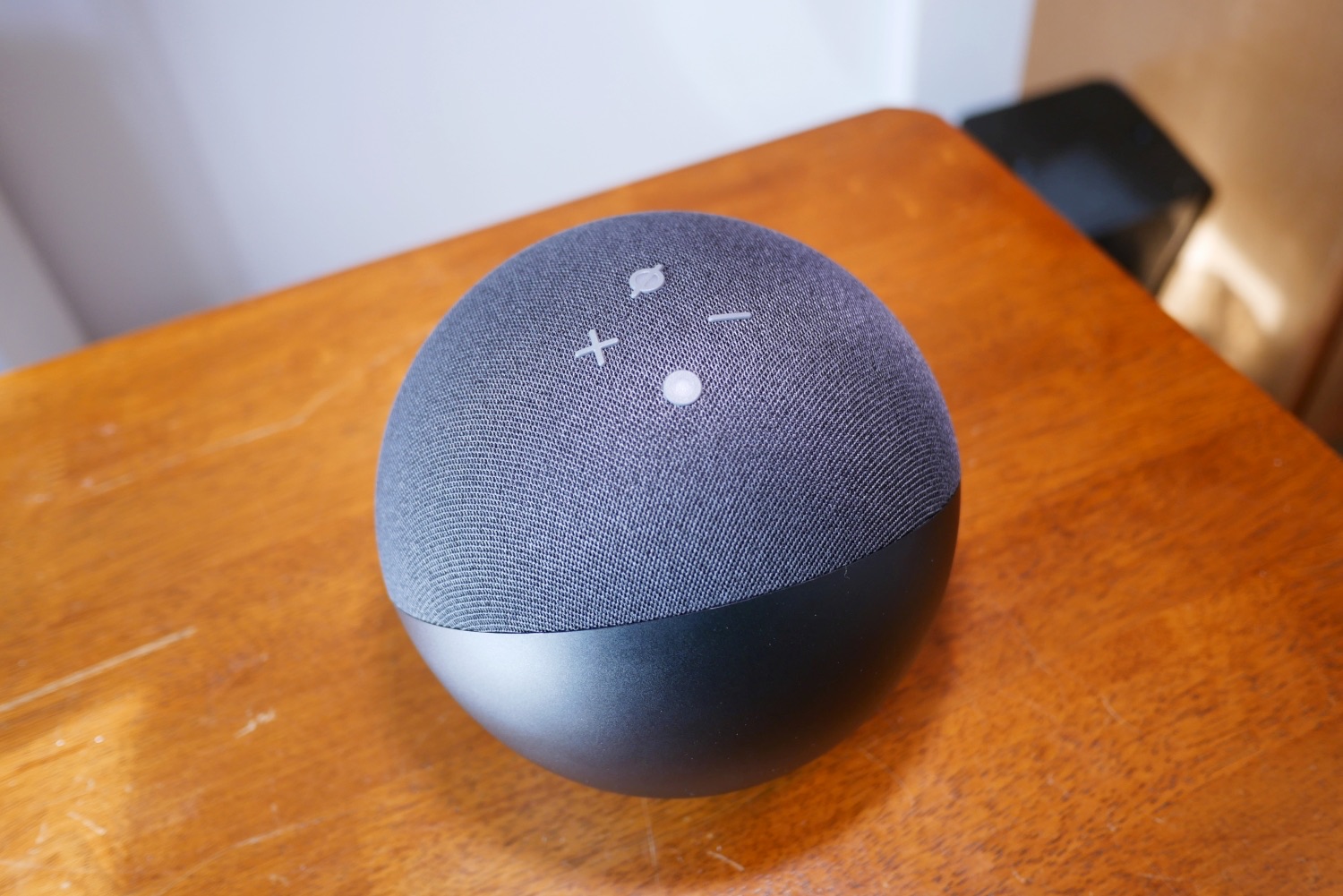

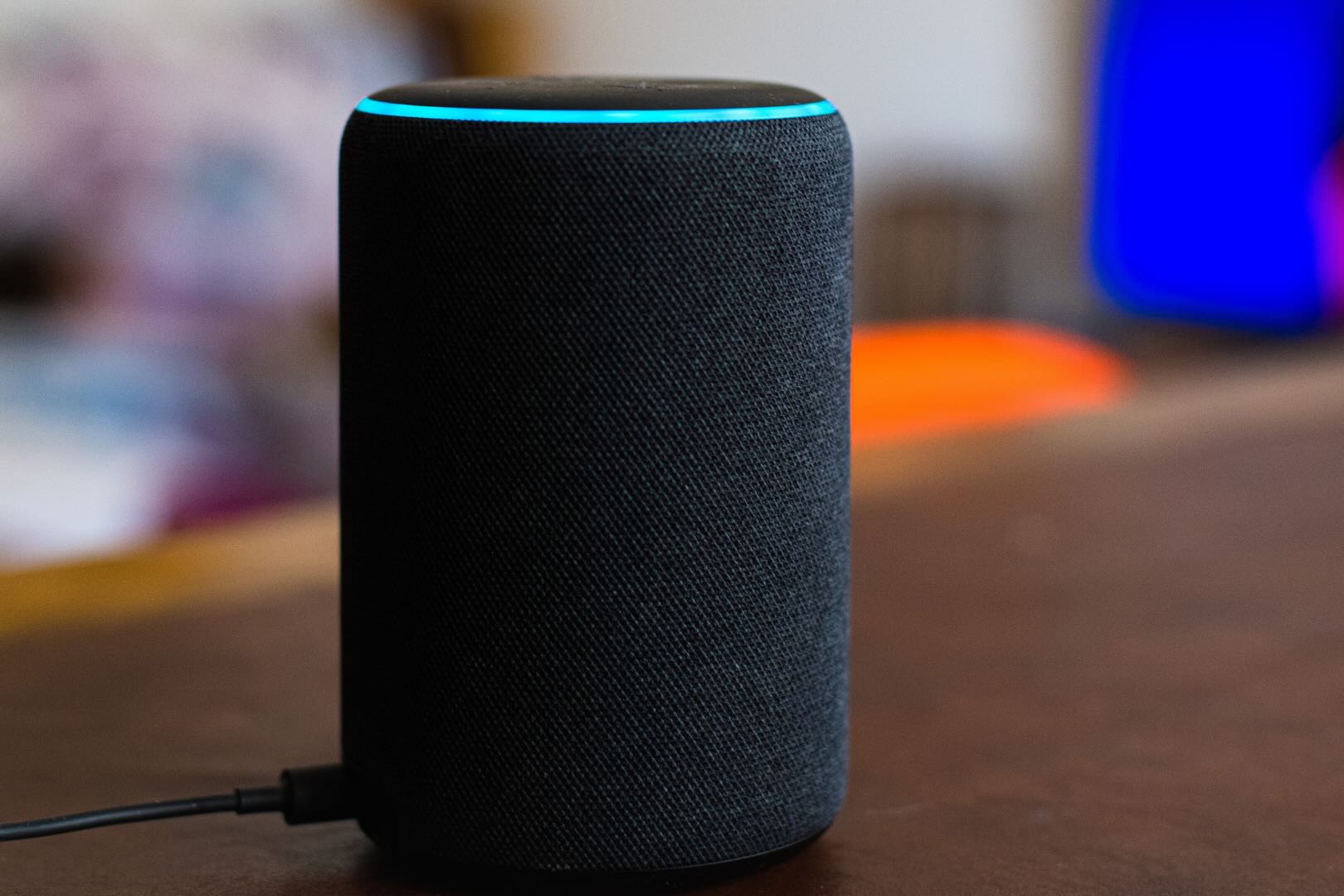
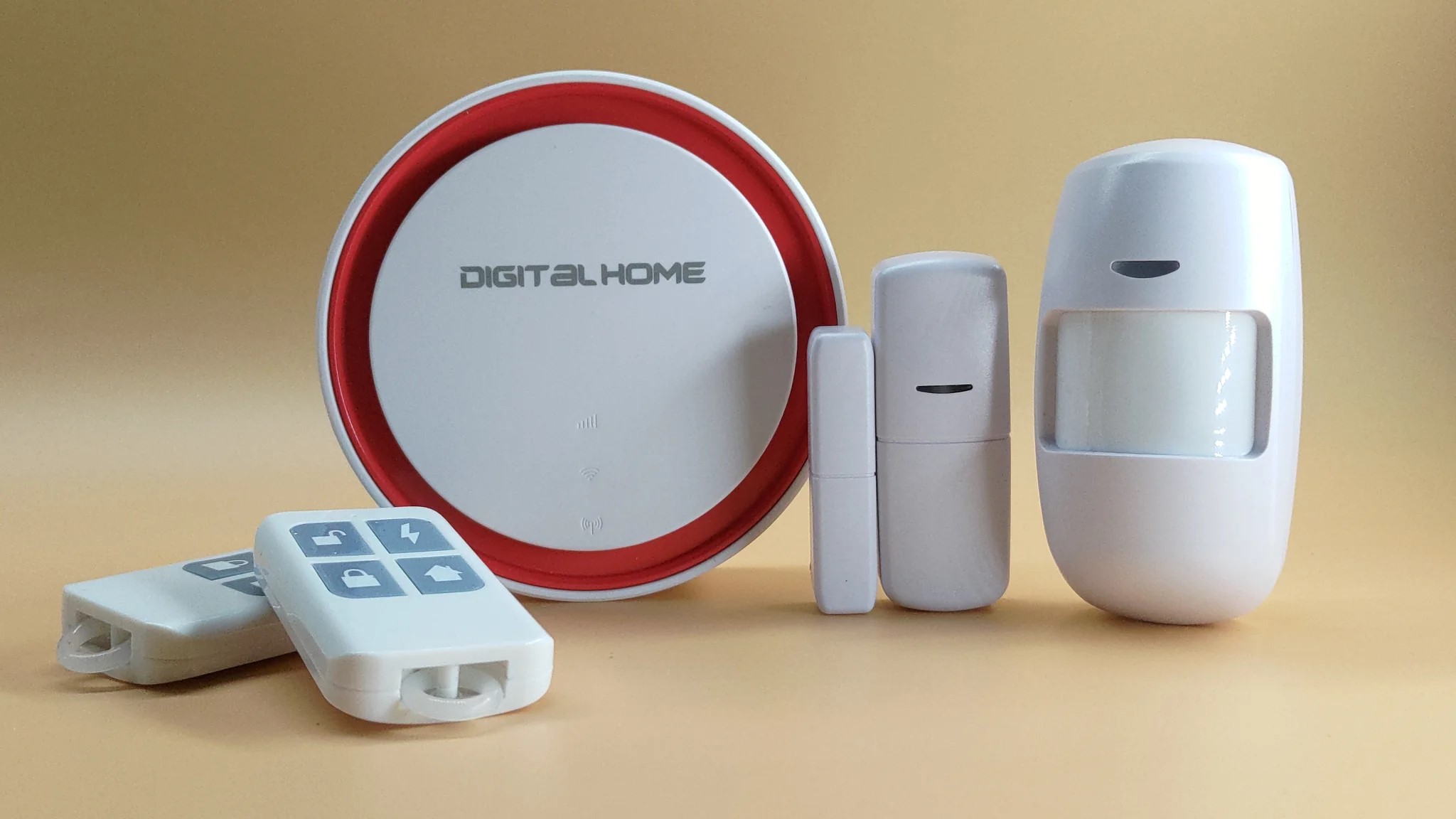
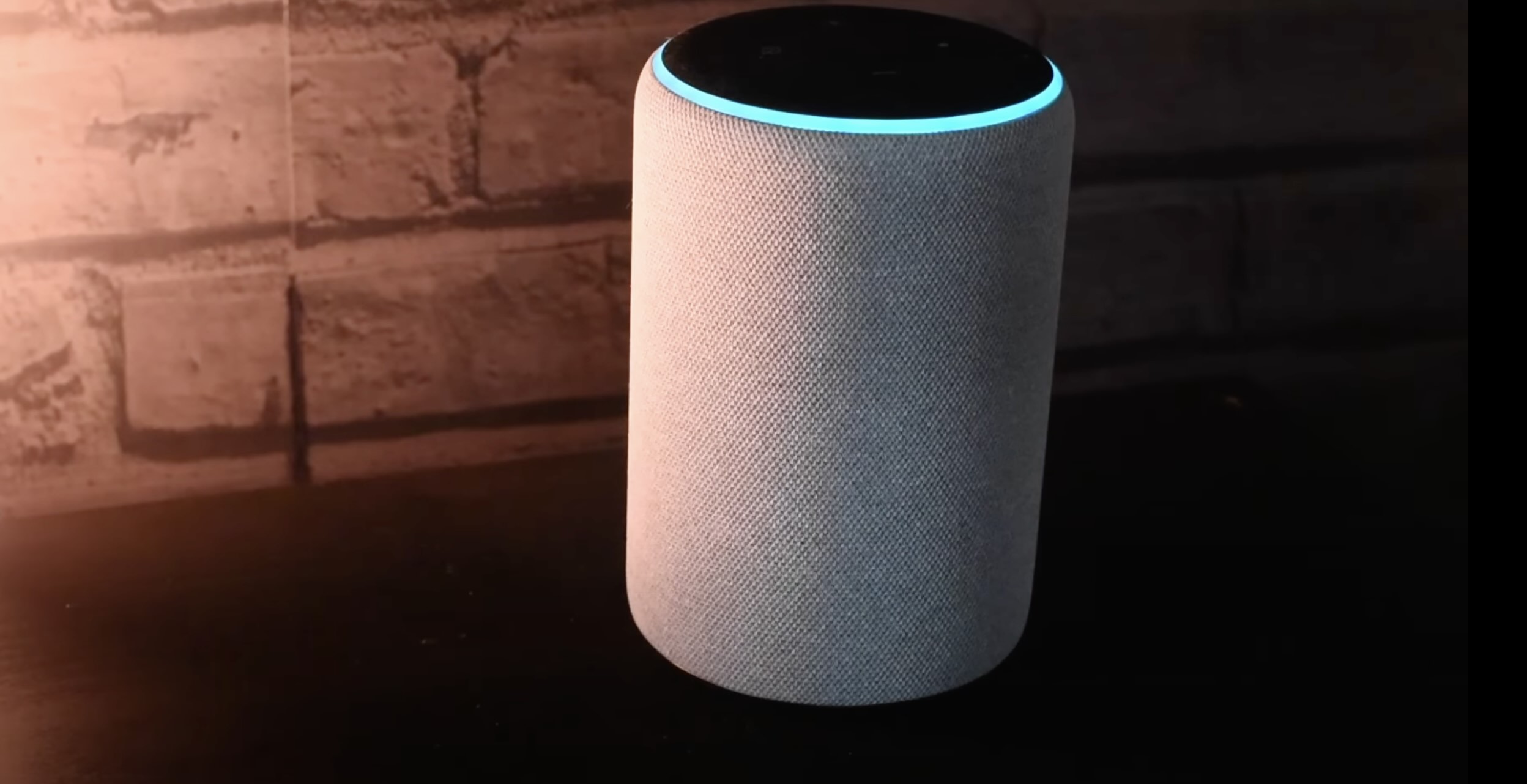
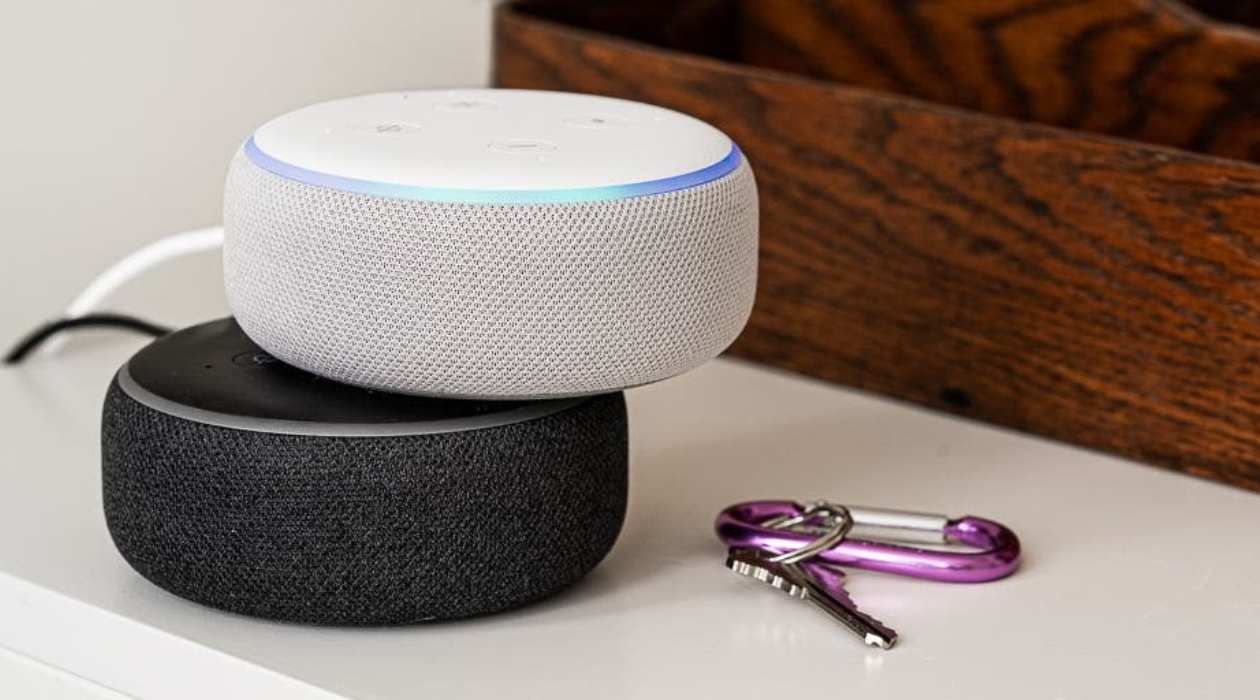


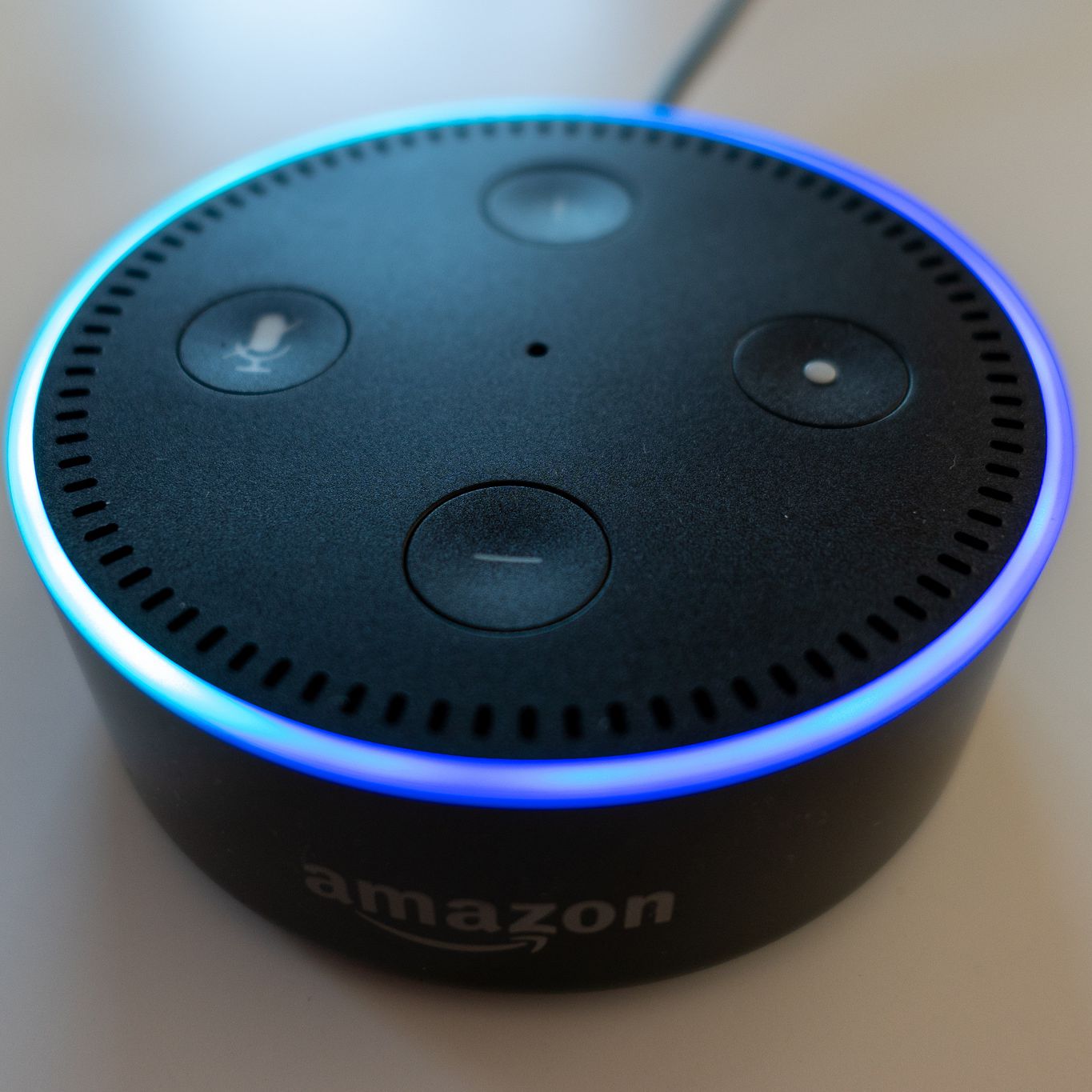

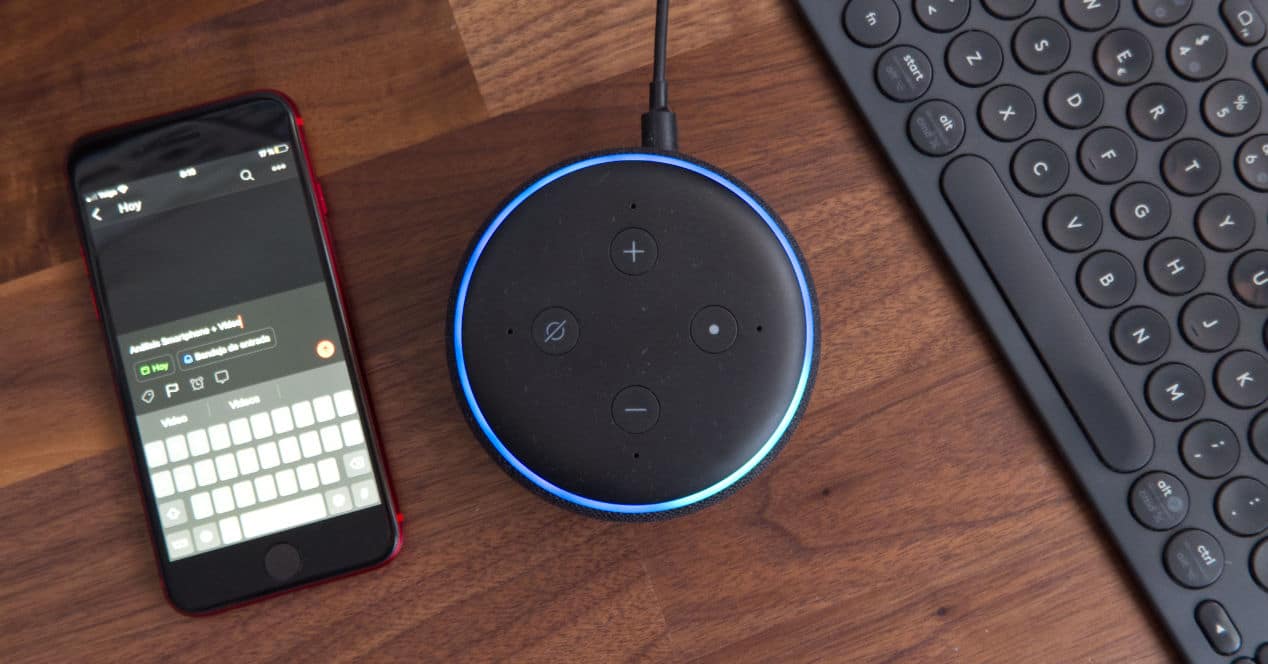

0 thoughts on “What Data Does Alexa Use”